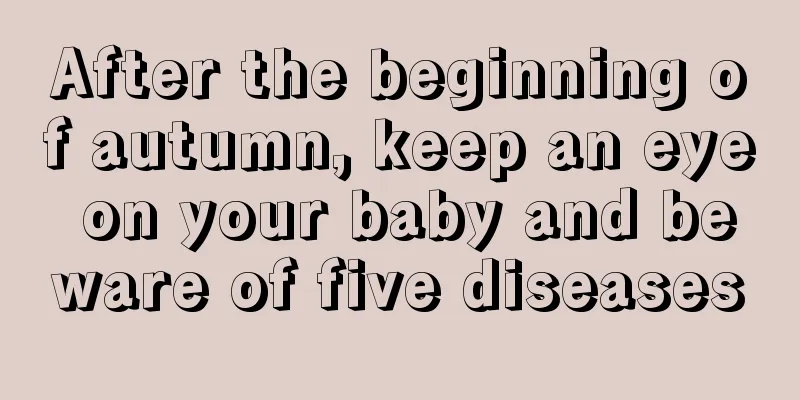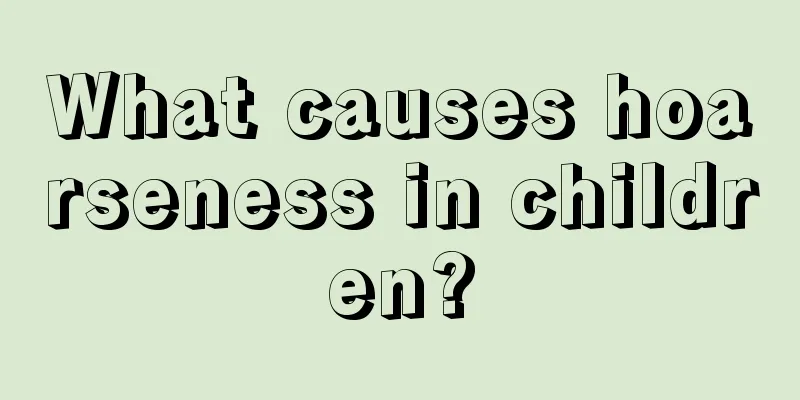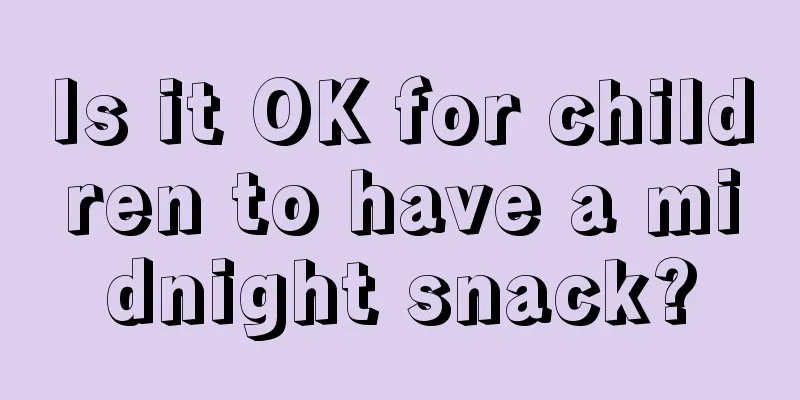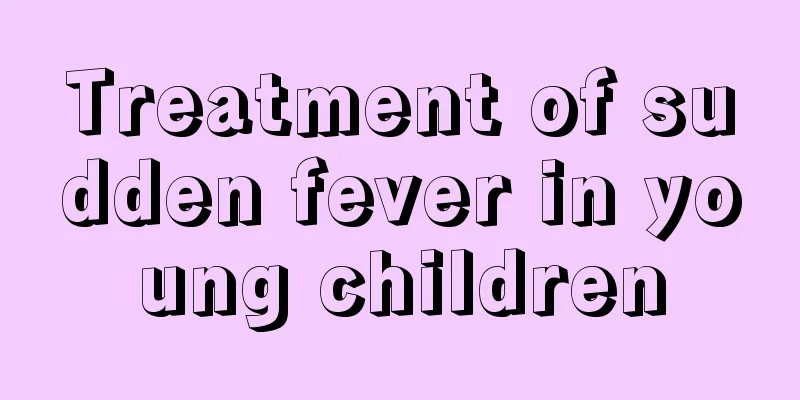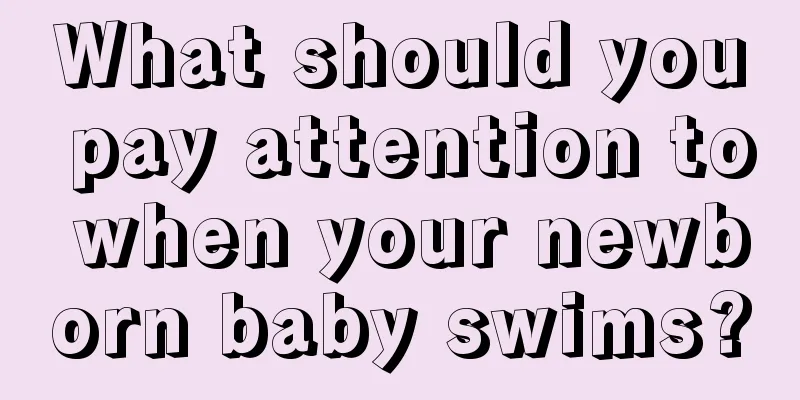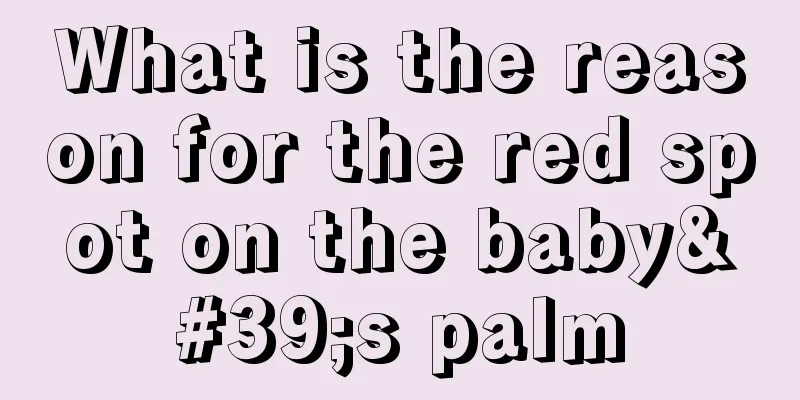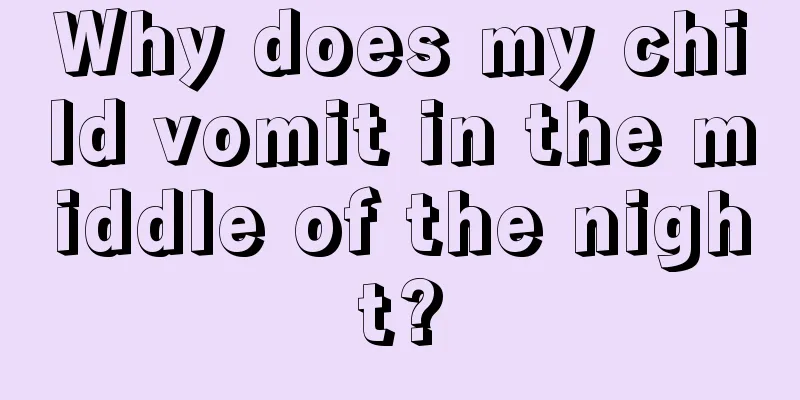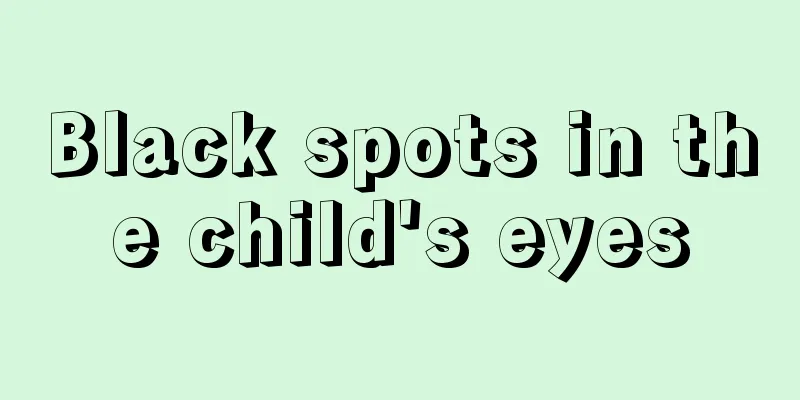What causes shortness of breath in children?
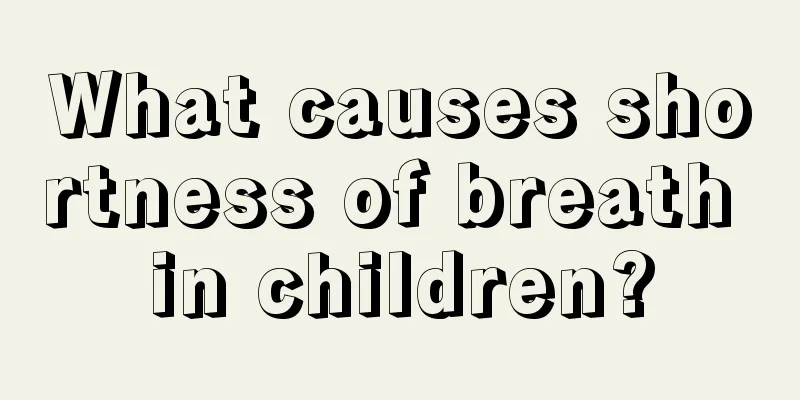
|
Recently, some parents have reported that their children have found symptoms of shortness of breath. So what is going on and what causes it? Below, the editor will talk to you in detail about this matter, let’s take a look! If you experience shortness of breath even when you are not doing strenuous exercise, it may be due to lack of oxygen, which could be tracheitis or pneumonia. To determine whether the child has pneumonia, we also need to see whether the child has cough, wheezing, and difficulty breathing. Coughing and wheezing caused by colds and bronchitis are mostly paroxysmal and generally do not cause difficulty breathing. Fever Children suffering from pneumonia usually have fever symptoms, with body temperature above 38°C, which lasts for two or three days. Antipyretics can only temporarily lower the body temperature for a while, but it will rise again soon. Although children may have fever when they have a cold, the temperature is mostly below 38°C and lasts for a short time, so the effect of antipyretics is more obvious. But at the same time, we should also be wary of pneumonia in children without fever. Babies with pneumonia may have a very high temperature, but they may also not have a fever, or even have a temperature lower than normal. The duration of fever cannot be used as a basis for diagnosing pneumonia. Some babies develop pneumonia after only two days of fever, while some babies do not develop pneumonia even after a week of fever. Therefore, fever alone cannot determine whether a child has pneumonia. It also requires a combination of other aspects to determine. 2. Look at coughing and breathing To determine whether the child has pneumonia, we also need to see whether the child has cough, wheezing, and difficulty breathing. Coughing and wheezing caused by colds and bronchitis are mostly paroxysmal and generally do not cause difficulty breathing. If the cough and wheezing are severe, the respiratory rate increases when at rest (i.e., infants under 2 months old breathe ≥ 60 times/minute; infants 2-12 months old breathe ≥ 50 times/minute; children 1-5 years old breathe ≥ 40 times/minute), the nostrils on both sides open one after another, and the lips turn blue or purple, once the above symptoms appear, it indicates that the condition is serious and should not be delayed. In addition, neonatal pneumonia does not have symptoms of coughing, but it can be found that children often spit out small bubbles from their mouths, which usually does not attract the attention of parents and easily delays the disease. More than 50% of the pathogens of viral pneumonia are respiratory syncytial virus, which accounts for one-third of all pediatric pneumonia hospitalizations. It often occurs in winter and spring. The most typical age of onset is 6 months to 3 years old. These children often have an acute onset of illness, first with "cold" symptoms that last about 3 days, with a low fever (body temperature measured at around 38°C), clear nasal discharge, and cough. About 60% of the children may not have a fever. After 2-3 days, the cough worsens and the breathing becomes rapid and shallow, reaching 60-100 times per minute. The most prominent symptoms are wheezing, shortness of breath, and prolonged exhalation. The sound of wheezing sometimes does not require a stethoscope and can be heard as long as you get close to the child. The child is in great pain. Lobar pneumonia refers to inflammation and complete consolidation of one or more lobes of the lung, and the pathogen is Streptococcus pneumoniae. Bacterial pneumonia accounts for about 10%-30% of all pneumonia cases in children. Typical symptoms after catching a cold include chills, high fever, chest pain, cough, rusty sputum, difficulty breathing, and bluish face and lips. Three Looks at the Spirit In order to detect pneumonia in children in time, careful mothers should also pay attention to their children's mental state. If a child is in good spirits, playful and cheerful while having a fever, cough and wheezing, it indicates that the possibility of him having pneumonia is very small. On the contrary, if the child is in a poor mental state, has blue lips, is irritable, crying, or drowsy, or has convulsions, and a few children may even have delirium, then it means that the child is more seriously ill and is more likely to have pneumonia. In the early stages of pneumonia, a child may not show any obvious changes in spirit, or may be in a poor mental state. 4. Look at appetite When you have pneumonia, your appetite will decrease significantly. Children with pneumonia may refuse to eat or may cry and become restless when they are fed. If it is confirmed that the child has pneumonia, the child should continue to be breastfed and fed, and should drink more soup. If the child has a decreased appetite, he should eat small meals frequently. Breastfeeding babies should increase the number of feedings per day to enhance nutrition and physical strength. Listen to the chest Because children's chest walls are thin, bubbling sounds can sometimes be heard without a stethoscope, so careful parents can listen to their children's chest when they are quiet or asleep. When listening to a child's chest, the room temperature must be above 18°C, take off the child's shirt, gently place your ears against the chest wall on both sides of the child's spine, and listen carefully. Children with pneumonia may hear "gurgling" sounds when inhaling, which doctors call fine bubbling sounds, and are an important sign of lung inflammation. At the same time, carefully observe whether the child has chest retraction (when inhaling, the edges of the ribs on both sides sink inward and rise and fall with breathing). If this happens, the child should be taken to the hospital immediately for diagnosis and timely treatment. Through the editor’s sharing above, you have a certain understanding of the causes and symptoms of shortness of breath in children. In the future, you may wish to refer to the knowledge shared by the editor and hurry up for treatment. |
<<: What is the reason for late teething in babies?
>>: How should children's mental illness be treated?
Recommend
My baby has a low fever of 37.5 degrees. What's going on?
Low-grade fever refers to a body temperature betw...
Can a baby dye his hair while breastfeeding?
Women should avoid dyeing their hair when they ar...
Is it okay for children to eat almonds?
Almonds help children's brain development, mo...
One year old child has blue spots on forehead
Newborn babies will have blue marks on their bodi...
At what age do children develop body odor?
Body odor is a troublesome problem, especially in...
What are the latest treatments for cerebral palsy in children?
Cerebral palsy in children is also called cerebra...
What should I do if my child has an upper respiratory tract infection and a fever?
If a child has an upper respiratory tract infecti...
What should I do if my toddler has recurring diarrhea?
Diarrhea in young children can be divided into mi...
What to do if baby's milk supply decreases in summer
In the summer, due to the extremely hot and dry w...
How to prevent children from holding urine?
Children are the future of the motherland and the...
What is the reason for black spots on the child's face?
Children are the apple of their parents’ eyes. Al...
What are the nutritious porridges for babies to strengthen their spleen and stomach?
In life, many babies are taking care of their spl...
Can the common cold be contagious to babies?
In our opinion, catching a cold is a very common ...
What to do if your six-month-old baby has diarrhea
Baby diarrhea is a very common disease in pediatr...
What is vaginal bleeding in newborns?
Newborns are the treasures of their parents. Howe...
